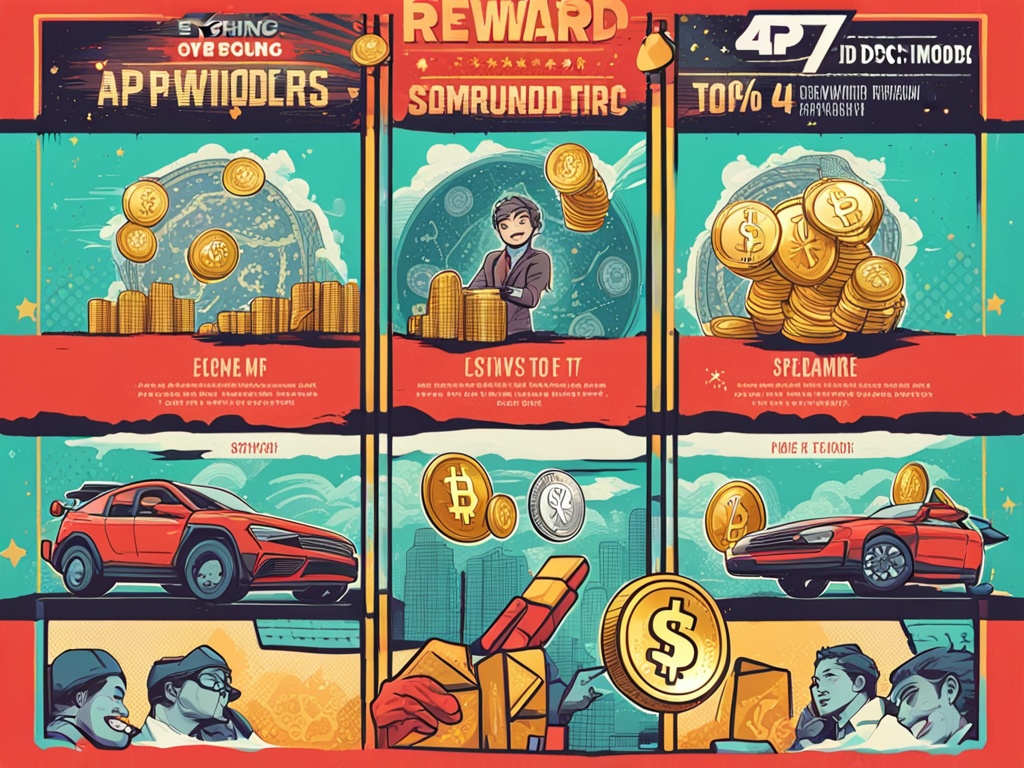What Happens When a Blockchain Goes Down?
Hey there! So, I wanted to chat with you about something pretty significant that just happened in the crypto market, specifically with Sui Network. You know, whenever we talk about crypto investments, it’s crucial to keep an eye on potential disruptions, and this latest incident is a prime example.
Key Takeaways
- Sui Network experienced a two-hour downtime on November 21 due to a bug, causing a major interruption in transaction processing.
- SUI token dropped by nearly 10%, but has since recovered to around $3.64.
- Sui is positioning itself as a competitor to Solana, whose network outages have been well-documented.
- Sui’s total value locked (TVL) in DeFi exceeded $1.65 billion, showcasing its potential despite hiccups.
Sui Network’s Recent Downfall
On November 21st, Sui Network, a Layer 1 blockchain, hit a snag when it failed to produce blocks, effectively bringing everything to a grinding halt. Imagine running a busy restaurant and suddenly losing power—chaos! According to their team, the culprit was a bug in the transaction scheduling logic that led to crashes of their validators. Thankfully, within two hours, they were back online and processing transactions again. Phew, right?
But let’s be real: a two-hour downtime in blockchain terms can feel like an eternity. Especially when you consider how dependent the market is on reliability and speed. Sui’s SUI token felt the heat, dropping from $3.7 down to $3.35 before inching back up to $3.64 again.
And just to make things spicier, South Korean crypto platform Upbit decided to temporarily suspend SUI deposits and withdrawals. That’s a major red flag for investors, isn’t it? It really shows how even minor disruptions can send ripples through the market.
Is Sui the Next ‘Solana Killer’?
So, what exactly is Sui? Born out of Mysten Labs and with a team comprising former Meta engineers, it’s making waves in the blockchain space. But folks are asking—can Sui live up to the hype of being the ‘Solana Killer’? It’s a tough position to be in, especially given Solana’s own history of long outages. Remember, just like Sui, Solana had its share of troubles, and while it seems to have overcome those recently, the scars remain.
Interestingly, reports show that Sui’s total value locked in its DeFi ecosystem shot up to $1.65 billion recently. This is a sign of serious growth and investor interest. Despite the hiccup, it looks like there’s resilience in the Sui community. They rallied quickly to fix the issues, which shows a strong commitment.
Think Before You Invest
Now, let’s get to the real talk—what does this mean for potential investors like you? First up, it’s essential to keep a watchful eye on these incidents. Blockchain outages can affect market performance dramatically and influence investor confidence. Here are some practical tips for navigating these waters:
- Stay Informed: Keep up with outage news and how quickly networks can recover. Fast recovery often signals a reliable project.
- Diversify Your Investments: Don’t put all your eggs in one basket. Despite Sui’s growth, having a mix of tokens can buffer risks during network outages.
- Participate in the Community: Dive into forums or follow key influencers and developers on social media. They often provide a real-time pulse on what’s happening in the ecosystem.
- Set Your Limits: Since these markets can be volatile, decide beforehand how much you’re willing to invest and what your exit strategies are.
- Watch for Performance Metrics: Keep tabs on Total Value Locked (TVL). A rising number typically shows growing faith in a platform’s ecosystem.
Final Thoughts
So what do you think? Is a two-hour downtime enough to shake your confidence in a blockchain like Sui? It’s easy to feel anxious with all the noise in the crypto space, and rightly so. The market can move astonishingly fast, and incidents do happen. But it’s also a chance to reflect on the layers of complexity and potential.
In the end, investing in crypto is all about balancing risk with reward. With incidents like these, it’s vital to weigh up the short-term blips against long-term prospects. So, what’s your take? Is there a point where you’d draw the line on outages, or do you believe in sticking with a project through thick and thin?





 By
By
 By
By
 By
By


 By
By